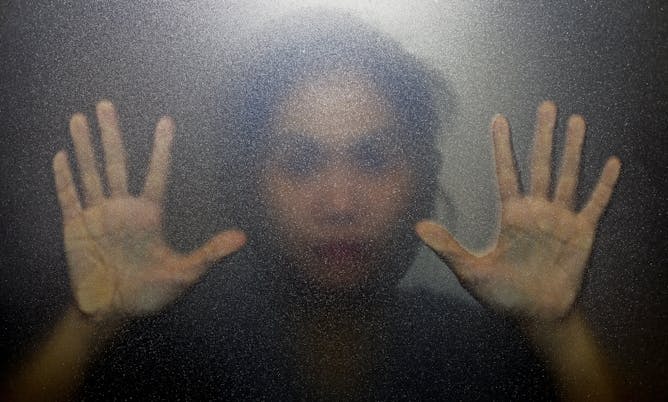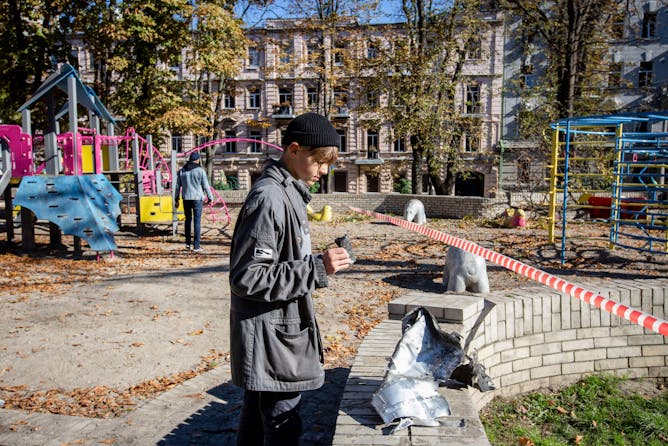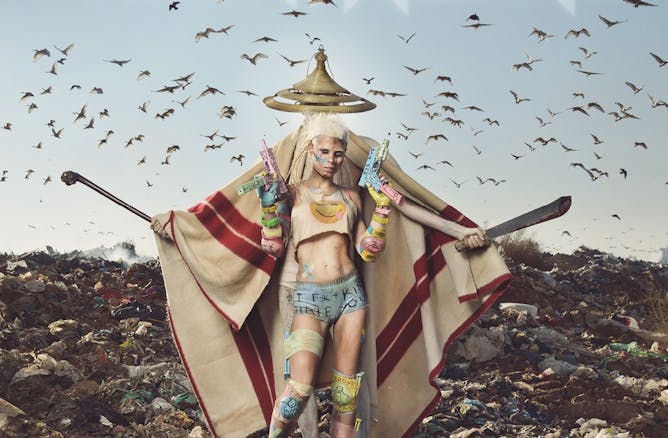|
In this ocularcentric world, it’s easy to underestimate the importance of touch. But for deafblind people like Roger Wilson-Hindr, touch is like “magic” that reveals the joy in the world: “It uses all aspects of our body – from the top of our head to feel the sunlight, to our feet for sensing where we are on the street.”
So consider their shock when, overnight, COVID-19 transformed touch from a glorious life-enricher to an apparent life threat. Our latest long read investigates how deafblind people were affected through a fascinating interdisciplinary project led by filmmaker Azadeh Emadi. Her work with a quantum physicist has led to the development of new wearable technology to help deafblind people “see” as the world opens up again. But this article shows there is more for us all to learn about the value of touch.
Remember to stay tuned to our network-wide coverage of the Russian invasion of Ukraine, here, and via our weekly Ukraine Recap newsletter, which you can sign up for here.
|

Toeizuza Thailand/Shutterstock
Azadeh Emadi, University of Glasgow
A cultural collaboration with deafblind people led to the development of a high-tech device to help navigate their world post-lockdown
|

Military target? A boy looks at a fragment of Russian rocket in a children’s playpark, Kyiv, October 2022.
Oleksii Chumachenko/SOPA Images via ZUMA Press Wire
Frank Ledwidge, University of Portsmouth
Failing on the battlefield, Russia is now concentrating its fire against civilians in Ukraine’s major cities.
|

Album artwork for Mount Ninji And Da Nice Time Kid.
Zef Recordz/Die Antwoord
Adam Haupt, University of Cape Town
Controversial South African band Die Antwoord illustrates the power relations that make cultural appropriation and blackface so damaging.
|
|
|
-
Elena Carletti, Bocconi University
Until Diamond and Dybvig published key papers in the early 1980s, it wasn’t well understood that perfectly healthy banks could be brought down by panicking depositors.
-
Christina Chung-Lun Wang, University of California, Los Angeles
There hasn’t been a new form of male birth control since the 1980s. More contraception options for all partners could help reduce the rate of unintended pregnancies.
-
David Barnhart, University of Southern California
The Double Asteroid Redirection Test successfully showed that it is possible to crash a spacecraft into a small asteroid and change its orbit. This technique could save Earth from asteroids in the future.
-
Simon Chadwick, SKEMA Business School
The stakes are high.
-
Milena Buchs, University of Leeds; Giulio Mattioli, Technical University of Dortmund
Carbon taxes targeting luxury emissions are more popular than those which make necessities more expensive.
-
Nigel Hamilton, UMass Boston
Bourdain’s brother, Christopher, has called for the publisher, Simon & Schuster, to halt publication until the book’s ‘many errors were corrected.’
-
Arshin Adib-Moghaddam, SOAS, University of London
In 1979 the decision of military commanders not to fire on protesters led to the revolution. There is no sign of that yet.
|
|